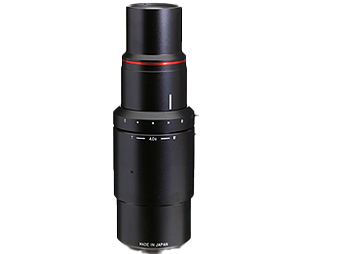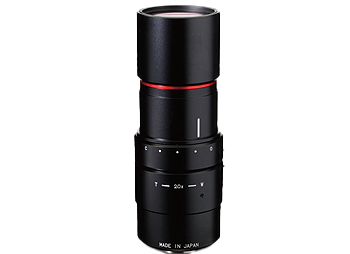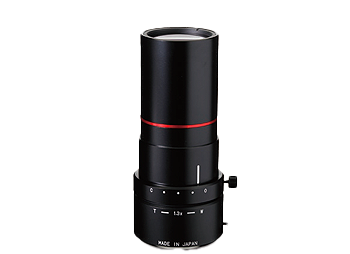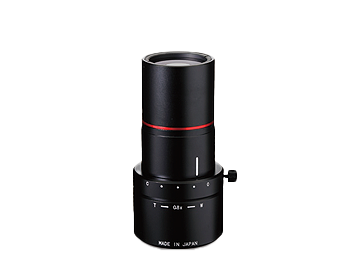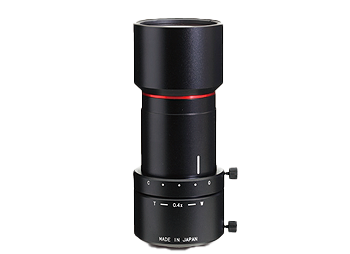
2/3”TELECENTRIC 5 MEGAPIXEL PLUS
| Model | Format Size (Inch) | Magnification Range | Shooting Magnification | W.D(mm) | Mount | Shooting Range(mm) | Size(mm)(∞) | ||||||||
|---|---|---|---|---|---|---|---|---|---|---|---|---|---|---|---|
| 4/3 | 1.2 | 1.1 | 1 | 1/1.2 | 2/3 | 1/1.8 | 1/2 | 1/3 | |||||||
| LM1120TC | - | - | - | - | - | ● | ● | ● | ● | 3.45~4.4× | 3.45×/4.0×/4.4× | 65.9/65.9/65.9 | C | 1.9×2.6 1.7×2.2 1.5×2.0 |
Φ57×180 |
| LM1121TC | - | - | - | - | - | ● | ● | ● | ● | 1.725~2.2× | 1.725×/2.0×/2.2× | 114.8/111.4/109.4 | C | 5.1×3.8 4.4×3.3 4.0×3.0 |
Φ48×147.5 |
| LM1122TC | - | - | - | - | - | ● | ● | ● | ● | 1.15~1.47× | 1.15×/1.3×/1.47× | 111.6/111.6/111.6 | C | 7.6×5.7 6.6×5.0 6.0×4.5 |
Φ50×123.9 |
| LM1123TC | - | - | - | - | - | ● | ● | ● | ● | 0.69~0.88× | 0.69×/0.8×/0.88× | 111.0/111.0/111.0 | C | 12.7×9.6 11.0×8.2 10.0×7.5 |
Φ50×121.5 |
| LM1125TC | - | - | - | - | - | ● | ● | ● | ● | 0.346~0.44× | 0.346×/0.4×/0.44× | 112.7/112.7/112.7 | C | 25.4×19.1 22.0×16.5 20.0×15.0 |
Φ51.5×142.3 |
Feature
- Produces high contrast and resolution in both the center and corners.
- Virtually no TV distortion of entire image area.
- Able to adjust the magnification to match with the pixel size of the camera
- Lenses are designed with an optical magnification that is ideal for over 5 megapixels
- Distortion free lenses of less than 0.02%. TV distortion is limited to 0.25% on the entire image area even when used with a 5 megapixel camera

-
Telecentric Optical System
In a telecentric optical system, there is no change in magnification when focusing. Thus, the magnification remains constant at different working distances. Similarly, the movement of an object also does not change the magnification, which makes a telecentric lens ideal for measuring objects with high accuracy.
In a telecentric optical system, the chief rays are parallel to the optical axis. As a result, the aperture becomes greater as the magnification is fixed by the focusing rays. This means that the F-number on a telecentric lens tends to be larger when compared to a standard megapixel lens.Application Examples
• Surface inspection of silicon wafers
• Image defect inspections
• Inspection of dirt on prisms and glass circuit boards
• Measurement of thread pitches
• Reading 2D codes

